The Augustów Round-Up - Instytut Pileckiego
The Augustów Round-Up
The First International Exhibition on the Largest Communist Post-War Crime in Poland Opens
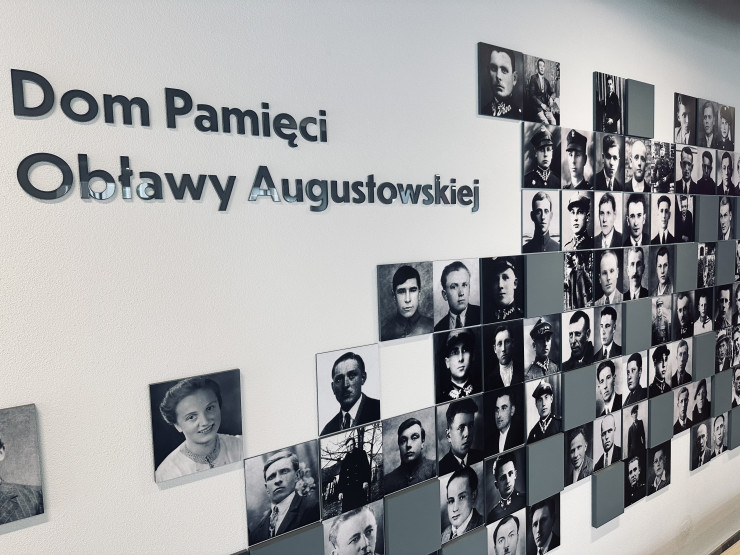
The First International Exhibition on the Largest Communist Post-War Crime in Poland
A part of our team attended the exhibition opening in Augustów—a beautifully green and wooded town overlooking a lake, idyllic in its setting yet marked by a heavy historical burden and, in light of Russia’s war of aggression against Ukraine, by present-day geopolitical urgency. Augustów is located near today’s borders with Lithuania and Belarus.
Just in time for the 80th anniversary, the local branch of the Pilecki Institute has opened the first museum dedicated to the so-called Augustów Round-Up, the largest communist crime in Poland after the Second World War. The exhibition is located in a former NKVD torture cell, which had previously also been used temporarily by the Gestapo. A particularly striking and symbolic contrast to the building’s later fate: during the interwar period, the very same rooms housed a pastry shop—run by a locally respected migrant of Turkish origin who sold baklava and other delicacies.
You can find more about it in our short report below.
Getting to Augustów takes some effort, but it’s well worth the trip. We will continue to revisit this topic, as we believe it deserves Europe-wide attention.
Photos: Where indicated, the images are by Wojciech Kaszlej; all other photos are from our own collection.
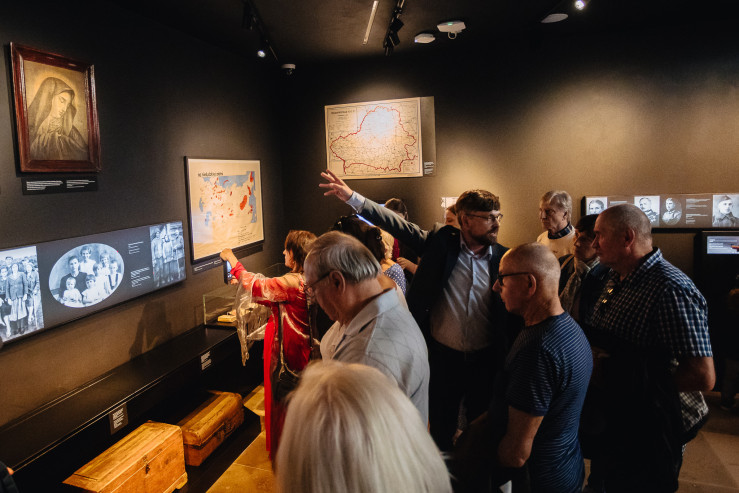
A tour with the curator of the exhibition, Dr. Łukasz Faszcza
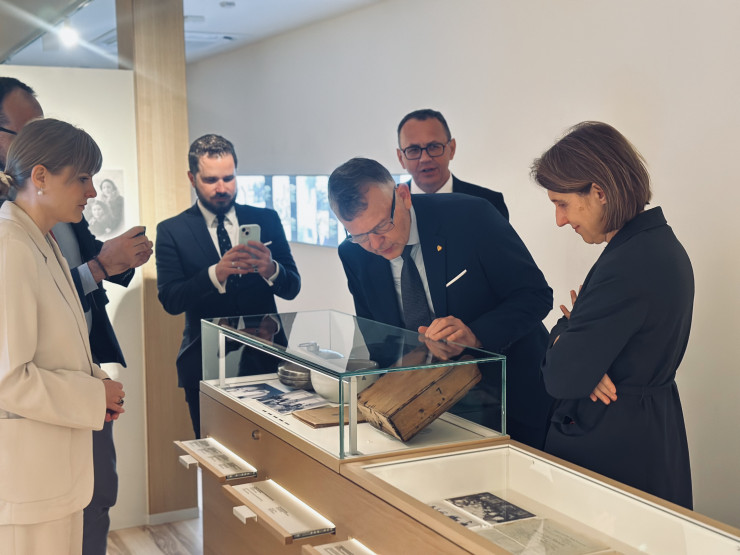
Right: Minister of Culture Hanna Wróblewska | Center: Director of the Pilecki Institute Prof. Krzysztof Ruchniewicz | Left: Head of the Pilecki Institute’s Augustów branch, Aleksandra Czerobska
First exhibition on the Augustów Round-Up now open!
This weekend marks the 80th anniversary of the Augustów Round-Up. It is considered the largest communist crime in post-war Poland and was denied for decades; some historians even regard it as the largest massacre of civilians in post-war Europe—until the wars in former Yugoslavia. Around 7,000 people were arrested by Soviet units at the time, over 600 of them murdered. The Pilecki Institute is now devoting a comprehensive exhibition to this long-neglected topic for the first time. It is moving, powerful, and long overdue.
The overwhelming interest—as seen in the photos—shows how important this subject is to the people of Augustów. Yet it also deserves attention across Europe, as it offers profound insights into how totalitarian regimes operate and the forms of resistance against them. Not least because the victims of the Round-Up—the Polish anti-communist underground—fought for the very values upon which today’s democratic Europe is built.
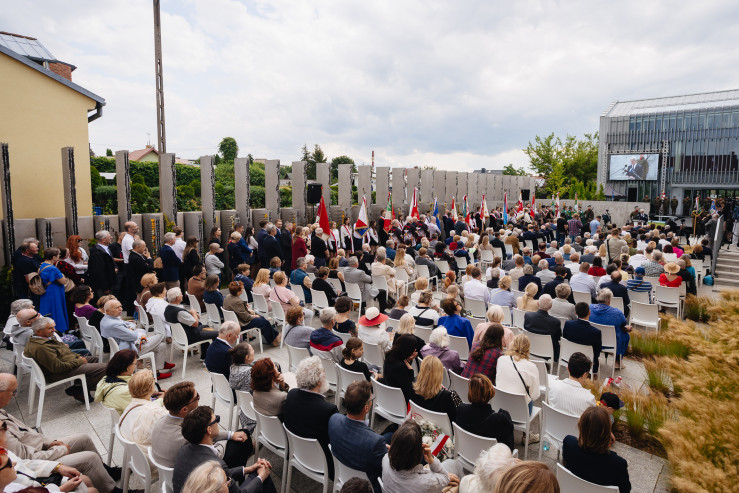
(C) Wojciech Kaszlej
The Soviet operation targeted the Polish underground and was supported by the local secret police. The exhibition documents this history through numerous objects and personal testimonies. It shows both the vibrant pre-war Augustów and the harshness and brutality of the totalitarian system.
Before the war, Augustów was a multicultural town. In addition to Polish Catholics, Jews, Lithuanians, Belarusians, and Orthodox Christians lived here. The city was shaped by educational reform, a spirit of modernization, and an orientation toward the forward-looking vision of the Second Republic. This diversity and openness were brutally wiped out by Soviet violence in two waves of occupation.
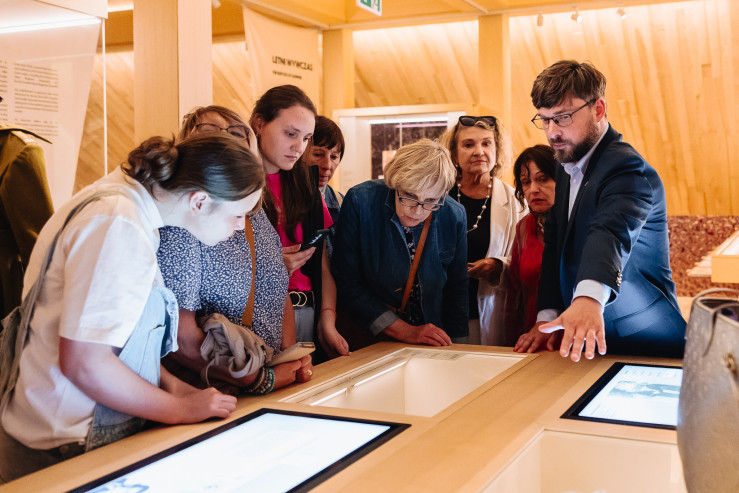
(C) Wojciech Kaszlej
Unlike in Katyn, where pre-compiled purge lists were used, the Augustów Round-Up did not involve pre-selected victims. It was a mass arrest operation. The decisions about life and death were often made during interrogations. The exact motivation behind the operation remains unclear to this day. In a historical volume published by the Pilecki Institute, several hypotheses are discussed—among them the possibility that a Third World War was expected, and that the region was seen as strategically important from the Soviet perspective due to its proximity to the West.
The communist regime denied the crime for decades. The press conferences held by government spokesman Jerzy Urban became particularly infamous, as responsibility was repeatedly rejected.
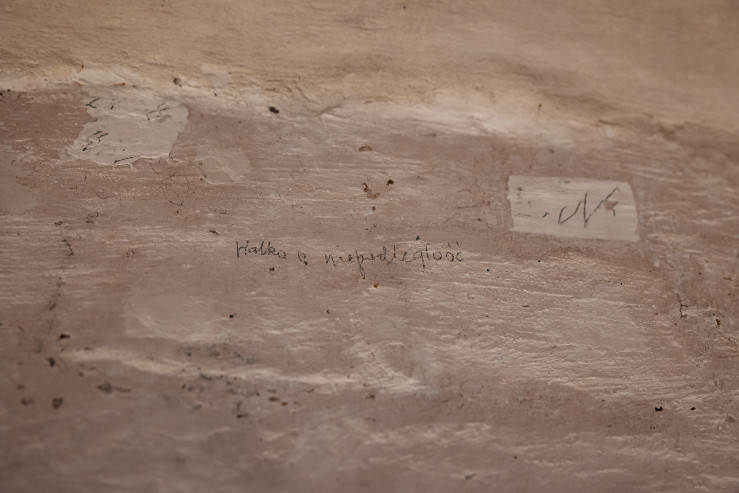
(C) Wojciech Kaszlej
The exhibition is housed in a building with a heavy past. It once served as a torture site for the Gestapo and later for the Soviet NKVD. Yet in the interwar period, it was a place of life: a Turkish migrant ran a small pastry shop there, selling baklava and other sweets. The site was especially popular among pastry chefs with Turkish backgrounds—many came regularly for internships. A symbol of cultural openness and curiosity was thus turned into a totalitarian hell.
Today, Augustów is once again located near a sensitive border—between Belarus and Lithuania. Against this backdrop, many elements of the exhibition feel especially urgent. The disappearance of people, torture, and the deliberate erasure of identity painfully echo the present-day war waged by Russia against Ukraine.
Inscriptions on the cell walls—silent witnesses to the prisoners’ fate and suffering in the torture chamber
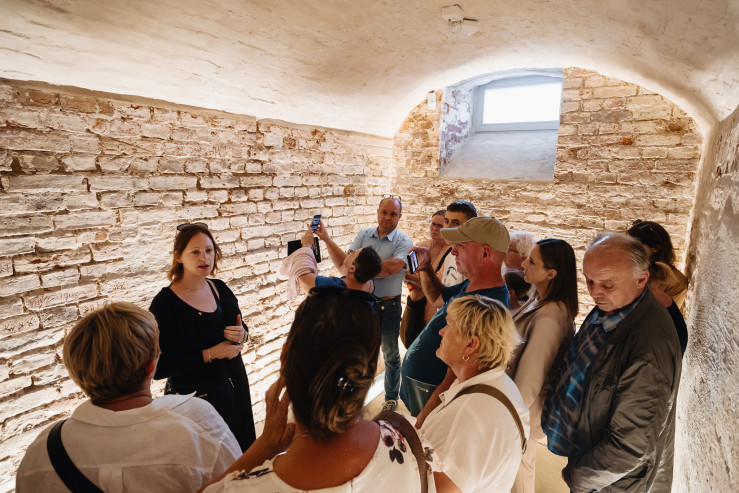
(C) Wojciech Kaszlej
The exhibition opening spans several days. Already on the first day, the interest was overwhelming. Hundreds of people came, listened to the speeches, viewed the rooms, and were visibly moved. Among the many speakers were Culture Minister Hanna Wróblewska, representatives from local and regional authorities, and various civil society and military organizations. An official letter from President Andrzej Duda was also read aloud. The Director of the Pilecki Institute, Prof. Krzysztof Ruchniewicz, provided a historical introduction to the topic. A ceremonial salute was fired as part of the commemoration.
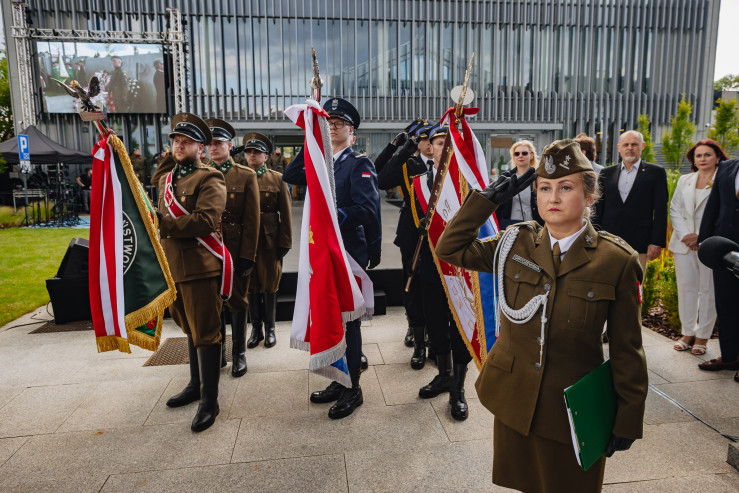
(C) Wojciech Kaszlej
One of the most moving moments was the speech by a woman whose husband had been abducted during the Round-Up. Her words:
“I wanted to say goodbye to my father, but the Soviets didn’t give me time. And that was two months after the official end of the war…”
The guided tours offered were in such high demand that they posed logistical challenges. Many visitors came forward with their own memories. Personal stories and comments showed how deeply this subject still resonates. In Augustów, the Round-Up is not a closed chapter of the past, but a collective trauma that lives on.
Among the guests was also a member of one of the investigative groups that had tried to uncover the truth about the Round-Up during communist times. In 1987, human remains were found in the forest near Augustów. At first, they were thought to be victims of the Round-Up. It later turned out they were fallen Wehrmacht soldiers.
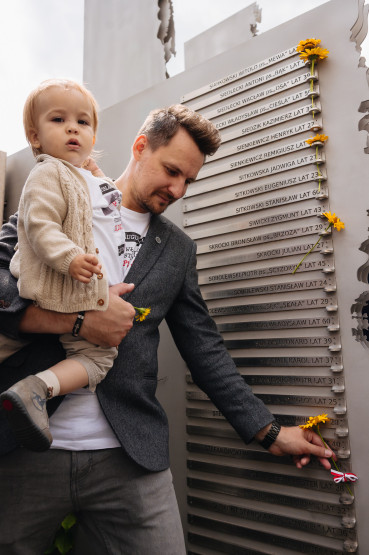
(C) Wojciech Kaszlej
A key focus of the exhibition is remembering through names. During the opening, visitors stepped forward and read aloud the names of the victims; later, each was able to attach a flower to one of the names. This gesture follows the spirit of the Pilecki Institute’s “Called by Their Name” project. The title draws on the ethical legacy of poet Zbigniew Herbert: that it is our duty to preserve the names of those “who were not afraid and walked through darkness with a torch of loyalty.” By reading the names aloud, the victims regain their dignity and identity.
The site itself is full of symbolism. Augustów lies in the middle of forests, overlooking a clear lake, surrounded by old trees. In the early years of communist rule, fighters from the Polish underground hid in these forests to carry out their resistance. In one room of the exhibition, their names are made audible during a symbolic walk through the woods. The trees themselves become part of remembrance—silent, steadfast, and alive.
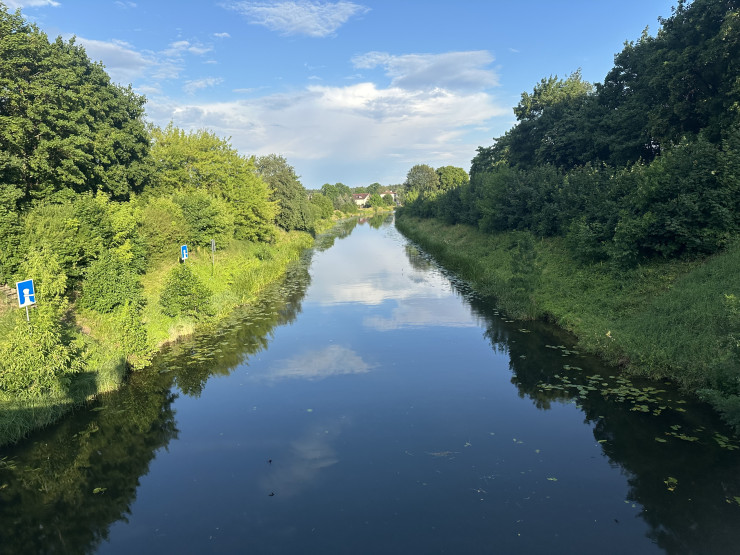
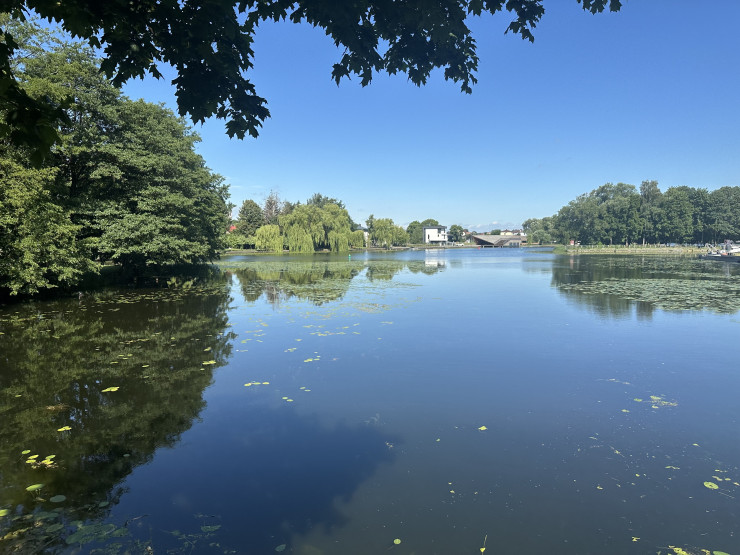
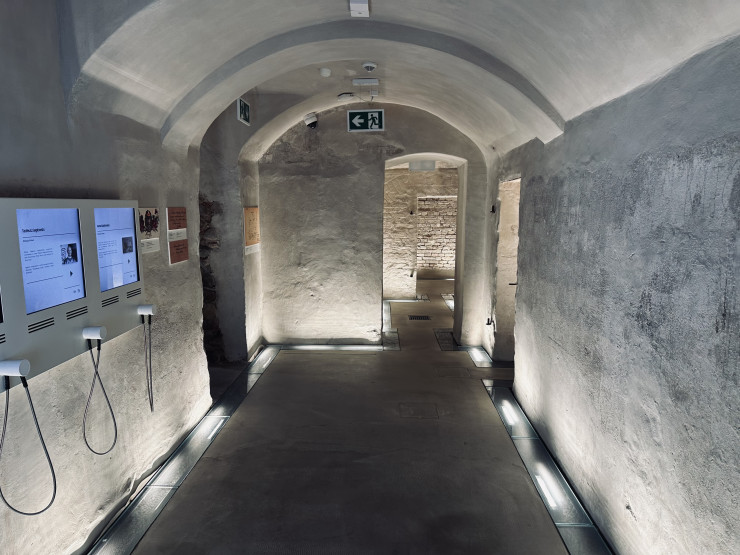
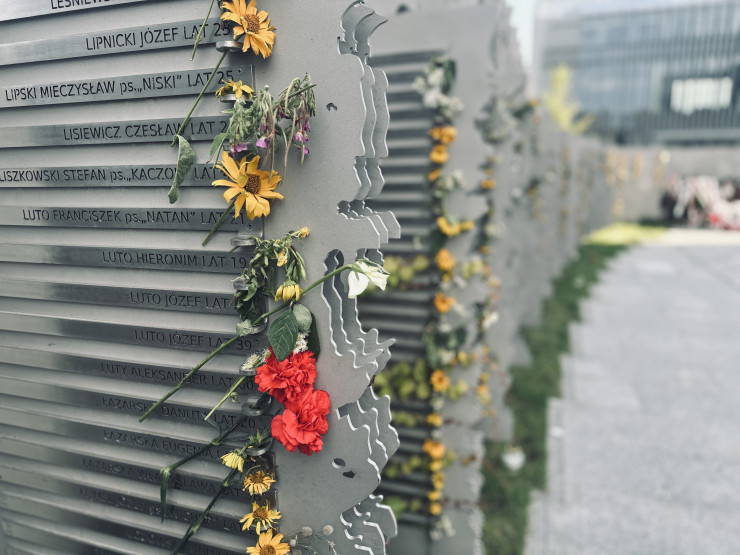
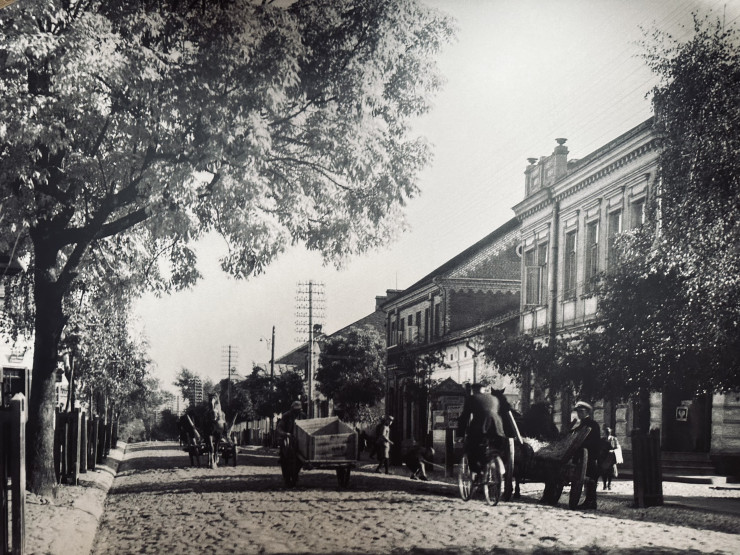
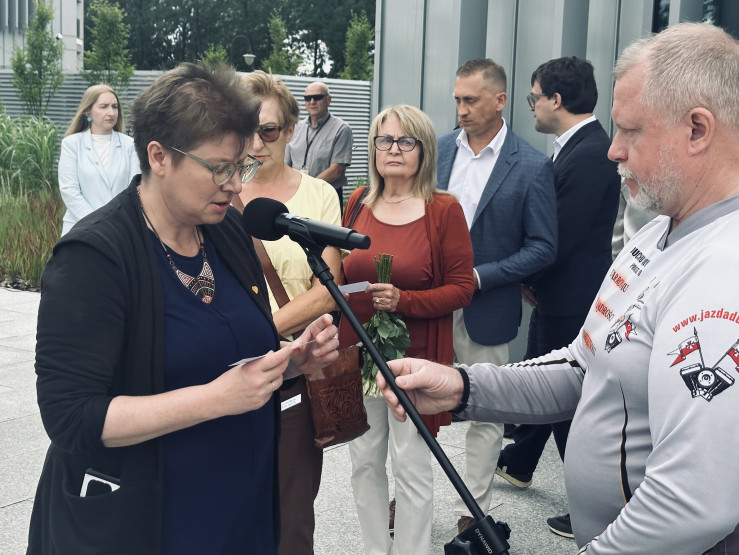
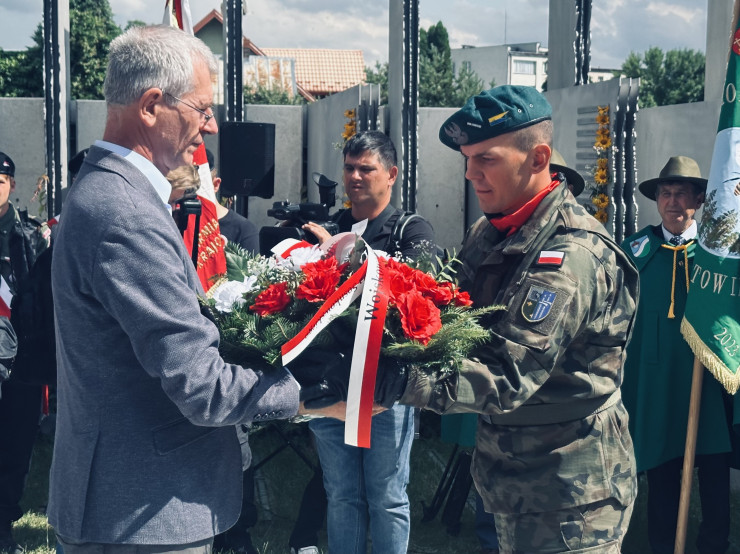
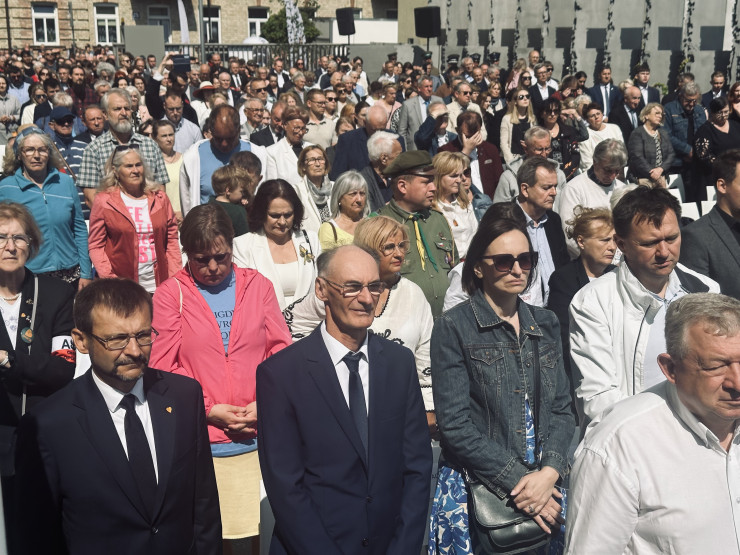
See also
- Closed Today
News
Closed Today
For operational reasons, the Institute will be closed today (25.10)
- Extended Deadline: The Nexus of Decision24
News
Extended Deadline: The Nexus of Decision24
Poland, Ukraine, Germany: An interdisciplinary journey into the substance of Memory, Freedom, Peace, and Security
- Important information regarding our opening times in June and July
News
Important information regarding our opening times in June and July
- Nexus 2023
News
Nexus 2023
“The Nexus of Decision 2023: Germany, Poland, Ukraine”
- SAVING UKRAINIAN ARCHIVES
News
SAVING UKRAINIAN ARCHIVES
UKRAINISCHE ARCHIVE RETTEN – „Saving Ukrainian Archives” is a fundraising campaign organized by the Pilecki Institute in Berlin and RAZAM in cooperation with the Alliance of Ukrainian Organizations e.V. and the Ukrainian Orthodox Church Parish
- 1.) Glory to Stalin!
News
1.) Glory to Stalin!
- 2.) Stalin’s Exhibition
News
2.) Stalin’s Exhibition
- 3.) The Soviet Emblem
News
3.) The Soviet Emblem
- 4.) The Soviet House
News
4.) The Soviet House
- 5.) Lenin himself
News
5.) Lenin himself
- 6.) The Soviet Headquarter
News
6.) The Soviet Headquarter
- 7.) Stalin in His Own Words
News
7.) Stalin in His Own Words